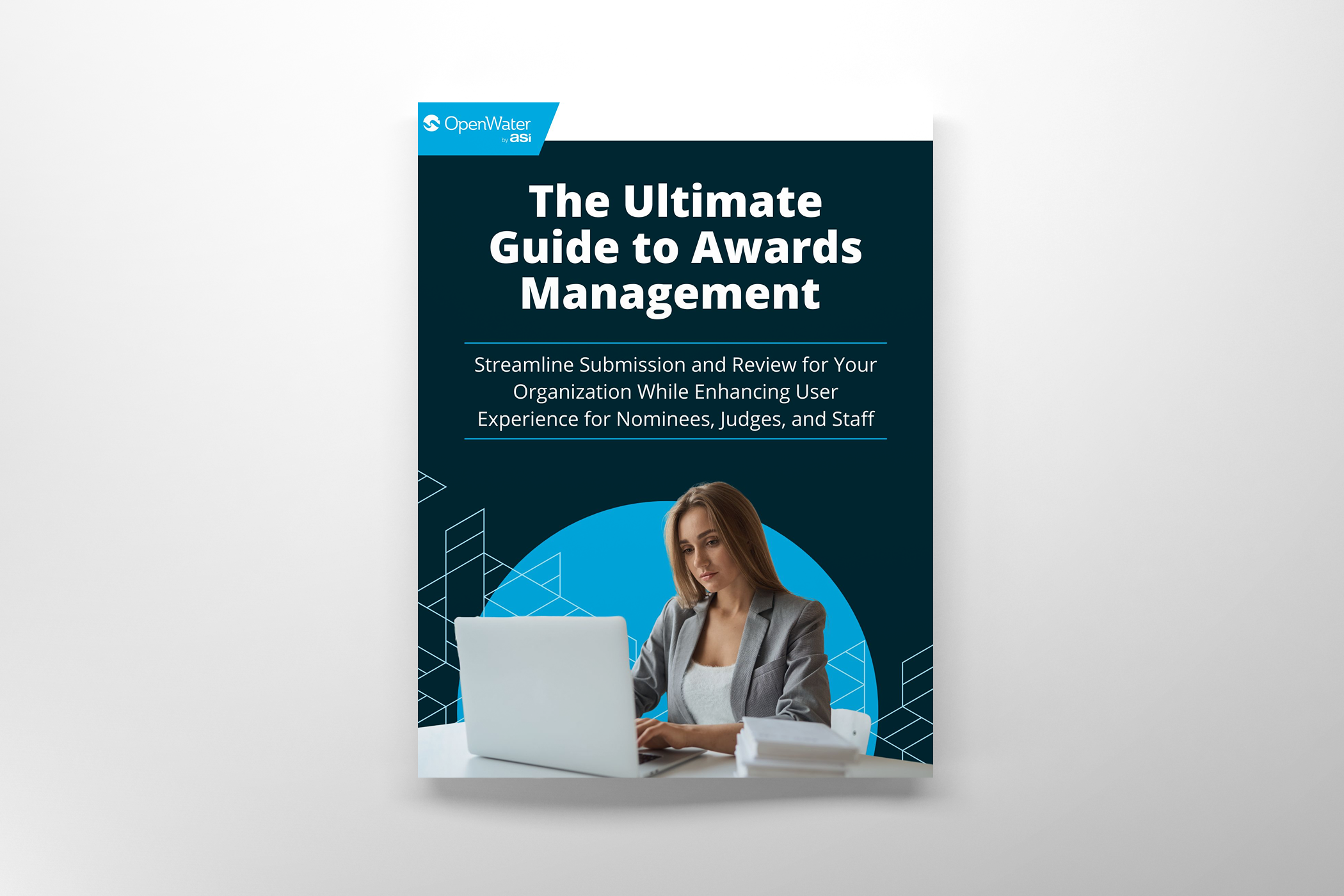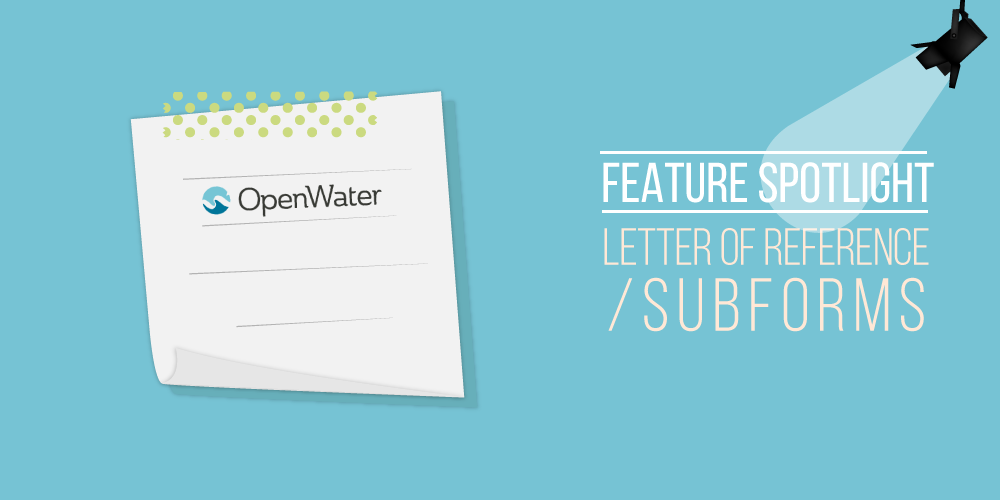
Feature Spotlight: Expanded Letters of Reference/Sub Forms
A common source of frustration for both organizations and entrants is the “letters of recommendation” section of the submission. Like the rest of your awards system setup, the letter of recommendation system must be customizable in order to fulfill the unique needs of your organization.
Read more to learn about how we’ve expanded our reference/sub form feature to be:
- Flexible, allowing you to create any field in a fully personalizable reference system setup;
- Individualized, meaning you can send different letters of reference with different requirements to anyone; and
- Efficient, in that you and your entrants will save time and money with a more streamlined process.
Why Create a New Letters of Reference/Sub Form Feature?
The new letters of reference/sub form feature was inspired by several common issues organizations faced with the old feature and associated processes. The most prominent issues included:
- Only a text field or file upload was available, limiting functionality in certain industries or for various needs;
- The referral request could only be sent after the application is finalized, leaving it incomplete for the time being; and
- The same letter of recommendation was required of all entities, no matter who they are and what purpose they fulfill as part of the recommendation or referral.
In addition to resolving these core frustrations, the new feature also accomplishes two essential goals for any organization:
- It supports all workflows; and
- It allows you to choose how you want to structure your recommendations and when you want to request them.
Important Features Within the Feature: What You Should Know
Let’s take an example to illustrate how this new feature works. Let’s say you’re a student and for your application, you need two recommendations: One from your math instructor for academic purposes and another from your bank for financial aid purposes.
Using the old system, you would be forced to send the same, open text field or document upload for all requests, as you can see in the screenshot below.
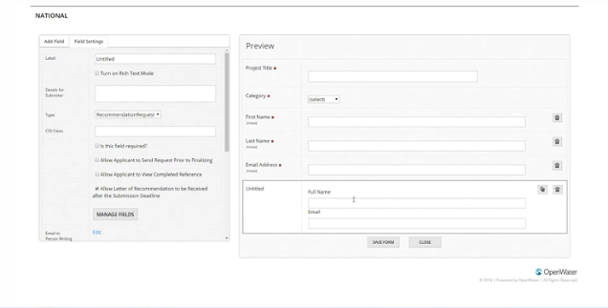
This made it difficult for those who needed recommendations from two entirely different entities, as is the case in our example above. Using the new system, you can create any kind of field, as you can see from the options displayed on the left in this photo:
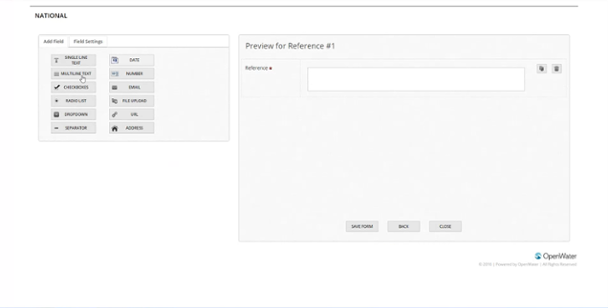
This makes your form fully customizable and allows you to use the feature for copyright releases, permissions, and other uses unavailable in the open text field displayed before this update. The new feature also allows you to send the form to the person writing the reference before you finalize your application. And, upon completion, the letter can be received after the submission deadline.
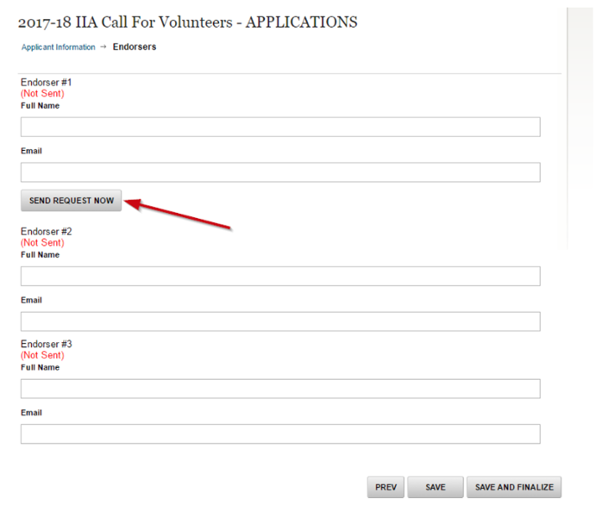
There’s one additional bonus with this feature upgrade and it comes with the system phrases setting. In that setting, you can rename “Letters of Recommendation” to any phrase that suits your organization, leaving nothing that can’t be personalized.

Take Advantage of Newfound Flexibility by Using the Updated Letters of Reference/Sub Form Feature for Your Organization
After all, it is a free upgrade for all OpenWater users!
With increased flexibility, complete customization, and the ability to send the form before the application is complete, we’re confident that both you and your entrants will be pleased with the new feature. If you’re ready to begin implementing this feature in your program, get the step-by-step tutorial to do so with our guide in the Resource Center!
Let us know in the comments what you’re most looking forward to implementing for your organization or new uses you’ve found through this feature in your programs!
